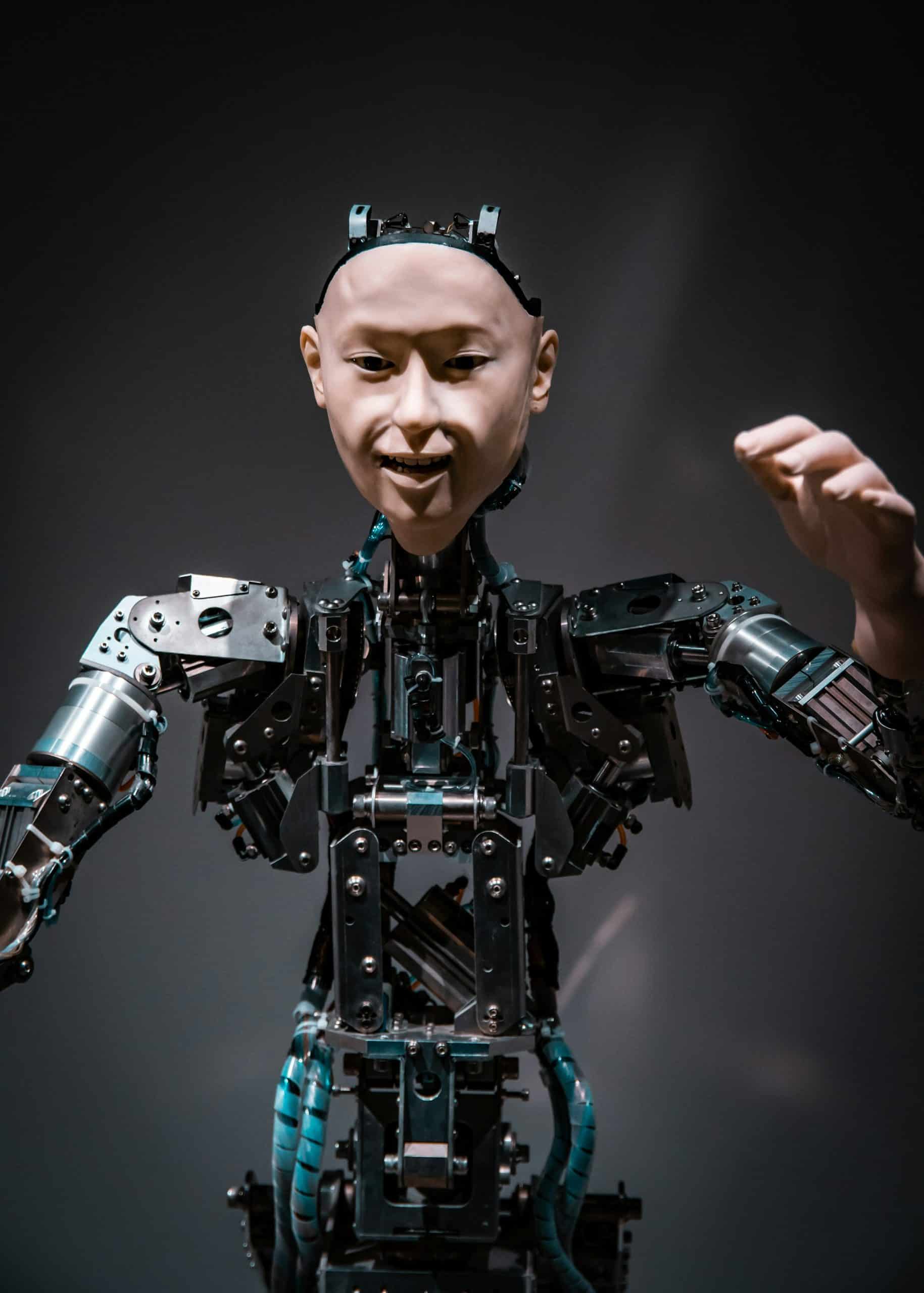What’s the Potential of AI in Streamlining Patent Research and Analysis?

You’re in a race. A race to innovate, to discover, to invent. The finish line? A patent. Patents are the lifeblood of technological advancement and commercial viability in today’s digital age. But, the path towards securing a patent is filled with exhaustive research, heavy documentation, and constant analysis. Here’s where Artificial Intelligence (AI) steps in. The potential of AI in streamlining patent research and analysis is vast and transformative. Let’s delve deeper into this subject.
AI and Patent Research
The first step towards securing a patent is deep, meticulous research. The traditional approach involves manually sifting through countless documents and databases to identify relevant patents and potential infringements. This is a time-consuming and error-prone process.
Cela peut vous intéresser : What’s the Latest on the Integration of AI in Emergency Response Systems for Natural Disasters?
Enter AI. The advent of advanced algorithms and machine learning techniques has revolutionized the way patent research is conducted. AI can perform complex language processing, analyze patterns, and even predict trends. It can rapidly scan through millions of patent documents, identifying relevant information and highlighting potential conflicts.
AI-powered patent search tools enable you to input queries in natural language, making the process user-friendly and efficient. These tools leverage semantic search algorithms to understand the context and intent of your query, and deliver highly relevant results. They can also identify synonyms, abbreviations, and alternative spellings, thus broadening the scope of the search and minimizing the risk of missing out on crucial information.
A lire aussi : What’s New in the Development of Autonomous Indoor Farming Technologies?
AI in Patent Analysis
Once the research phase is complete, the next step is patent analysis. This involves understanding the scope of existing patents, identifying potential infringement risks, and evaluating the novelty and commercial feasibility of your invention.
AI provides powerful tools to streamline and enhance patent analysis. For instance, AI algorithms can categorize patents based on their technological relevance, making it easier to understand the competitive landscape. They can also identify patterns and trends in patent data, enabling you to make informed predictions about future developments in your field.
AI-powered patent analytics can also help in assessing the validity and strength of existing patents. Through predictive analytics, AI can estimate the likelihood of a patent being granted or challenged, thus aiding in strategic decision-making. Additionally, AI can analyze the language and structure of patent claims to identify potential weaknesses, improving the chances of your patent application’s success.
AI in Patent Management
Beyond research and analysis, AI also holds significant potential in the management of patents. With the increasing volume of patents being filed globally, managing and maintaining these assets can be quite a challenge.
AI-powered patent management systems are designed to handle this task efficiently. They can automatically track renewal deadlines, send reminders, and even process payments, ensuring that your patents remain in force. Furthermore, they can continuously monitor the patent landscape, alerting you of any new patents that may pose a risk to your own.
These systems can also provide strategic insights, such as identifying which patents in your portfolio are most valuable or most at risk. They can suggest potential areas for new patent filings based on emerging trends and gaps in the market. In essence, AI can transform patent management from a reactive, administrative task to a proactive, strategic activity.
AI and the Future of Patenting
The implications of AI in the patenting process are profound. By automating the resource-intensive tasks of patent research, analysis, and management, AI not only streamlines the process but also enhances the accuracy and speed at which it is conducted.
In the future, we might see AI systems capable of drafting patent applications or even predicting breakthrough innovations based on analysis of existing patent data. As AI continues to evolve and improve, it’s likely that its role in the patenting process will become increasingly integral.
One thing is clear: the potential of AI in streamlining patent research and analysis is enormous. It has the capacity to transform the patenting process, making it faster, more efficient, and more accurate. And as you continue your race towards innovation, remember this: with AI on your side, you’re well-equipped to navigate the complex terrain of patenting, and reach the finish line in record time.
AI in Patent Protection and Enforcement
While focusing on research, analysis, and management, it’s also essential to look at how AI can enhance patent protection and enforcement. In the digital age, violations of patents often occur, and identifying these infringements manually can be a daunting and complex task.
AI technology offers a solution to this problem. It can continuously monitor the market for potential patent infringements. AI algorithms can analyze products on the market, cross-check them with your patent claims, and identify any potential overlaps. They can also monitor patent registries to detect any newly filed patents that may infringe on your intellectual property rights.
Moreover, AI can aid in the enforcement process. It can generate detailed reports on potential infringements, providing evidence that can be used in legal proceedings. Some advanced AI systems can even predict the outcome of patent lawsuits based on the analysis of past cases. This feature can be particularly useful in deciding whether to pursue a lawsuit or negotiate a settlement.
AI and Patent Training
Apart from assisting in patent research, analysis, management, and enforcement, AI can also be instrumental in training personnel involved in patenting processes. Through machine learning and data analysis, AI can generate insights about successful patent filing strategies and trends in patent litigation.
AI-powered training platforms can provide interactive and personalized training modules based on these insights. They can simulate real-world scenarios, allowing trainees to gain practical experience without the risks associated with real cases. By continually updating their content based on the latest patent data and trends, these platforms ensure that trainees are always up to speed with the dynamic patent landscape.
In essence, AI can significantly enhance the skills and efficiency of patent professionals, ensuring that they are well-equipped to navigate the complex patenting terrain.
Conclusion
The potential of AI in streamlining patent research and analysis is vast and transformative. It’s clear that the role of AI is not limited to just research and analysis but extends to patent management, protection, enforcement, and even training. AI has the capacity to revolutionize the patenting process, making it faster, more accurate, more efficient, and ultimately more effective.
The future of patenting is undoubtedly intertwined with the advancement of AI technology. As AI continues to evolve and improve, it’s set to become an increasingly essential tool in the patenting process. Innovators and patent professionals who harness the power of AI will certainly have an edge in the race towards innovation and patent security.
As we look ahead, the marriage of AI and patenting promises a future where securing patents is less of a daunting task and more of an insightful and strategic journey. In the race to innovate and discover, AI is undoubtedly a powerful ally, leading the way towards efficient and intelligent patenting.
